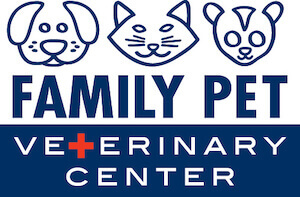As described in a recent post, dental conditions are often hidden and painful. The following posts are going to help describe conditions that pets can get as well as treatment. Many people I talk with are surprised how we can help pets with dental conditions and save teeth whenever possible.


As noted in the exotics post, the incidence of dental issues in small exotic mammals (rabbits, guinea pigs, chinchillas, rodents, hamsters, and ferrets) has been estimated near 90% in many studies. Sadly most exotic patients have hidden dental disease, which is difficult if not impossible to accurately assess during awake oral exams.
Anesthetized oral exams provide more information but imaging is necessary for the same reasons it is essential in dogs and cats. Due to small patient size, intraoral x-rays are less successful. Extraoral x-rays often have overlap of anatomic structures again making diagnosis challenging. With this in mind, it’s easy to see why one study showed the diagnostic accuracy of CT (3D imaging with less than 0.2mm detail) was superior in 80% of patients with regard to diagnosis and prognosis, and in over half of patients for guiding treatment.
Imaging exotic patients allows a three dimensional view of the patient as seen in this video:
For all species, imaging of ears and nasal structures is best with 3D imaging. One study of inflammatory rhinitis showed 55% of the cause was related to dental conditions.


Read more about our high definition volumetric imaging capability with 0.09mm detail here.
